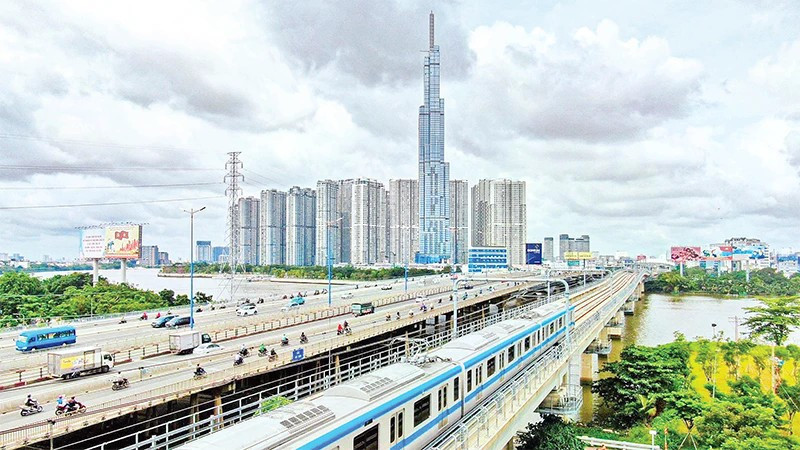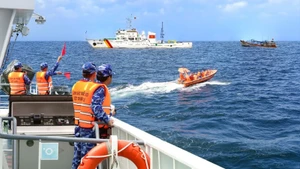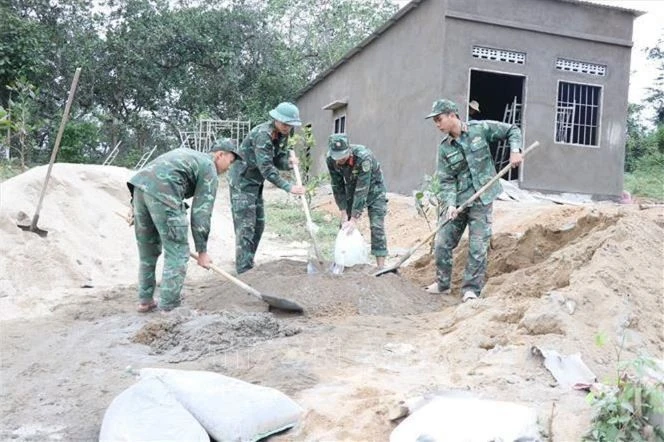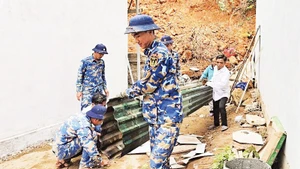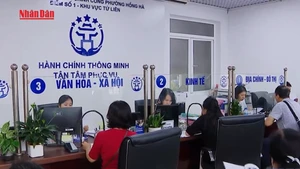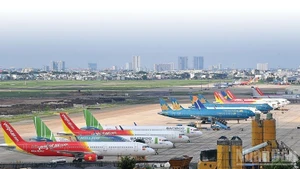Procedural and funding obstacles remain
For more than a month now, Le Thao Huong, a resident of Thu Duc City, Ho Chi Minh City, has switched from using a motorbike to commuting to work via the city’s new Ben Thanh–Suoi Tien urban railway line. She said the change helps avoid traffic congestion and harsh weather.
Since its official launch in December 2024, Line 1 has served over five million passengers, with around 200 trips per day. It has quickly become a popular choice among residents and has contributed to building a public transport habit.
Ho Chi Minh City is currently preparing to begin construction on Line 2 (Ben Thanh–Tham Luong), which spans over 11 kilometres, with work expected to start in September 2025 and the line scheduled for completion before 2030. The city aims to complete seven railway lines totalling 355 km by 2035 and three more by 2045, expanding the network to 510 km.
In Ha Noi, two sections have already entered service: Line 2A (Cat Linh–Ha Dong) and the elevated section of Line 3.1 (Nhon–Cau Giay). Construction is underway on the underground section of Line 3.1 (Cau Giay–Hanoi Station), and work is expected to begin in 2025 on Line 2 (Nam Thang Long–Tran Hung Dao) and Line 5 (Van Cao–Hoa Lac).
According to Khuat Viet Hung, Chairman of Ha Noi Urban Railway Company Ltd., after more than three years in operation, the system has become a trusted and civilised public transport option. Demand often exceeds capacity during rush hours.
Despite these positive signs, both cities admit that implementation remains slow. In Hanoi, each project takes around seven years to prepare and at least two more for technical design and contractor selection. Land clearance is another major bottleneck due to the lack of specific legal frameworks. The Nhon–Ha Noi Station project, for instance, has suffered lengthy delays, pushing up costs significantly.
In Ho Chi Minh City, Line 1 has faced difficulties due to its reliance on Japanese ODA. Deputy Head of the city’s Urban Railway Management Board, Nguyen Quoc Hien, said that navigating both domestic and donor-related legal procedures has proven extremely complex. Investment costs are high, timelines are long, and there is heavy dependence on foreign expertise and standards. Moreover, the use of ODA from different sources has led to inconsistent technical standards between lines.
Shortening preparation time, accelerating progress
To speed up progress, Ha Noi is seeking approval for two more lines: Line 3.2 (Hanoi Station–Hoang Mai, 8.8 km) and Line 5 (Van Cao–Hoa Lac, 38.4 km). It aims to complete 10 lines with a combined length of nearly 411 km by 2035 and finish five more lines by 2045, extending the network to 617 km.
However, given that only two lines have entered partial operation after decades of effort, the challenge is enormous.
To address these issues, Resolution 188 was passed in February 2025, granting Ha Noi and Ho Chi Minh City greater flexibility in mobilising resources, shortening project preparation phases, and integrating urban planning with transport development.
One of the most important aspects of the resolution is its introduction of transit-oriented development (TOD). This allows cities to revise planning to focus on high-density, mixed-use development around railway stations. They can also transfer land-use quotas without having to adjust master land-use plans, enabling quicker land allocation and improving economic efficiency. This also contributes to limiting the use of personal vehicles and fostering sustainable urban growth.
Associate Professor Dr Vu Anh Tuan, Director of the Vietnamese-German Transport Research Centre, noted that the resolution grants the cities broader authority, such as allocating local budgets to key projects like Line 2 in Ho Chi Minh City.
Hanoi’s Urban Railway Management Board stated that the resolution allows the city to draw on surplus revenues, savings, and ODA funds without needing to prepare new proposals. The city is now focused on issuing legal documents to guide the resolution’s implementation. These include procedures for adjusting route alignment, station locations, and TOD areas to serve as a basis for land acquisition and compensation.
Recently, Ha Noi began applying these new mechanisms to adjust the planning for the Hoan Kiem Lake area to accommodate C9 Station on Line 2.1 (Nam Thang Long–Tran Hung Dao). Once approved, the city will be able to separate compensation and resettlement into an independent project, ensuring timely implementation.
In Ho Chi Minh City, similar momentum is building. Phan Cong Bang, Head of the city’s Urban Railway Management Board, said the new resolution eliminates the need for investment policy appraisal at the central level and allows direct contractor appointments. These provisions could shorten preparation time by three to four years.
Thanks to Resolution 188, Line 2 is expected to begin construction in 2025 and finish by 2030. The city also plans to start more railway projects from 2026 onward.
With its streamlined mechanisms and decentralised decision-making, Resolution 188 provides a significant boost to the development of urban railways in both Ha Noi and Ho Chi Minh City. By removing long-standing bottlenecks, the resolution enables faster progress, contributing to socio-economic development.
